 Illustration by Emma Shore
Illustration by Emma Shore

“Cuba as a country still hasn’t been able to exploit our musical diversity in terms of the market, to market it well,” says Joaquín Borges-Triana, a prolific scholar, music critic, and author of various books on Cuban music. He’s discussing the legacy of the Buena Vista Social Club (BVSC) phenomenon, which has included a series of albums, international tours, and the Wim Wenders documentary that was released 20 years ago. This film converted the musical revitalization project initiated in 1996 by American guitarist Ry Cooder and British world music producer Nick Gold into a major Cuban tourist attraction.
Since the early ‘00s, newly formed BVSC-inspired musical groups have dominated the sonic landscape of Old Havana and tourist-oriented neighborhoods in other Cuban cities with a style of music, son, that had its heyday from the 1920s to the 1950s. In the past two decades, the world has rediscovered a genre of music that was on its last legs in Cuba. Dozens (likely hundreds) of son groups have been formed to cater to the desires of tourists to hear music that sounds like the BVSC. If something like this happened today in the U.S., it would be akin to Chuck Berry and Elvis tribute groups springing up all over the country.
As Borges-Triana says, “It wasn’t a musical style recognized on the street. The BVSC was a phenomenon oriented more toward the external than the internal market.” This is all to say that, notwithstanding its huge impact, there’s a stark division between music made for tourists and music consumed by the majority of Cubans.
For many years it was Cuban salsa—built upon the foundation of the son—that enjoyed mass popularity. In the early 1990s several musical innovations led to a new name for the genre, timba. However, beginning in the mid-2000s, Cuba’s soundscape shifted and timba was increasingly replaced by the sounds of Cuban reggaeton, or as some people call it, Cubaton.

Notwithstanding its massive popularity, reggaeton is maligned by Cuban cultural officials for its “vulgarity” and celebration of capitalist materialism (still taboo in late socialist Cuba). Just last year, a controversial new cultural policy was adopted, Decreto 349, that effectively seeks to censor art that could be considered “counter-revolutionary” and to restrict independent production. Although the decree does not explicitly name reggaeton, everyone understands that it is a main target.
Borges-Triana notes that although the decree was issued a year ago, it still hasn’t gone into effect as of July 2019. He believes the government has realized that the decree isn’t feasible and will not enforce it. This is largely due to the very vocal protests led by visual artists last year “not only by people who are part of the opposition to the government, but also those who take a pro-government stance.”
Nonetheless, like many nations that rely heavily on tourism for their GDP, Cuba promotes certain types of music as representative of the nation: son and even timba can represent Cuba, but reggaeton cannot. And this is where the country’s problem with not capitalizing on its musical diversity comes in, according to Borges-Triana: “It has to do in part with… a narrow conception of nationalism… They think that everything has to be the BVSC… and it’s OK if it’s not. To me it seems crazy that when walking around Old Havana, all the cafes sound the same.”
 The reality is that Cuba has various musical scenes beyond son, timba, or reggaeton, and some of these are beginning to attract tourists. According to Borges-Triana, many Argentine and Spanish tourists are interested primarily in trova, a traditional vocals-heavy genre from the late 19th century that was revitalized as nueva trova in the 1960s. Similarly, Cuban jazz attracts many American tourists, specifically to the well-known jazz club in Havana, La Zorra y el Cuervo.
The reality is that Cuba has various musical scenes beyond son, timba, or reggaeton, and some of these are beginning to attract tourists. According to Borges-Triana, many Argentine and Spanish tourists are interested primarily in trova, a traditional vocals-heavy genre from the late 19th century that was revitalized as nueva trova in the 1960s. Similarly, Cuban jazz attracts many American tourists, specifically to the well-known jazz club in Havana, La Zorra y el Cuervo.
There are other Cuban musical scenes that enjoy little promotion or official support, including rock, electronic dance music, and even extreme metal. These scenes operate on a much more underground level and are rarely frequented by foreigners. This isn’t surprising, as rock (and by association, heavy metal) has long been a marginalized genre in Cuba due to its association with the U.S.
The following albums are examples demonstrating that Cuba’s music scene boasts a degree of diversity that is almost unprecedented for a small island nation. Son, as evidenced by the enduring success of the BVSC, is a rich musical tradition, but it only scratches the surface of Cuban music.
Arsenio Rodríguez
“Se Formó El Bochinche”

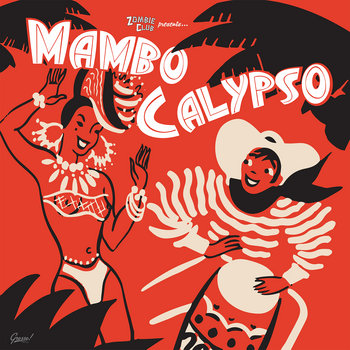
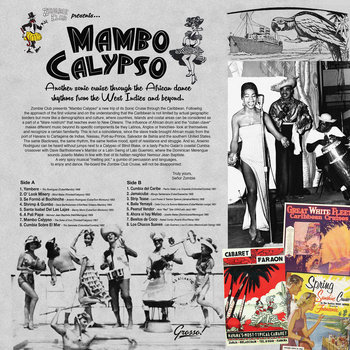

Vinyl LP


Son has long been considered Cuba’s national genre because of its relatively “equal” mix of African-derived rhythmic elements and European-derived melodic and poetic styles. The infectious nature of this hybrid genre is heard in “Se Formó El Bochinche” (on the anthology album Mambo Calypso), which was originally recorded in 1952 by the great son musician and composer Arsenio Rodríguez.
Yasser Ramos y El Tumbao Mayombe
La Resistencia


Yasser Ramos y El Tumbao Mayombe is a relatively new timba group that, nonetheless, sounds like it could have emerged in the late ‘90s/early ‘00s, at the height of the genre’s popularity. The group’s 2018 album is a great example of timba’s signature polyrhythmic texture and heavy use of call-and-response vocals.
Gente de Zona
“Homenaje a Benny Moré”
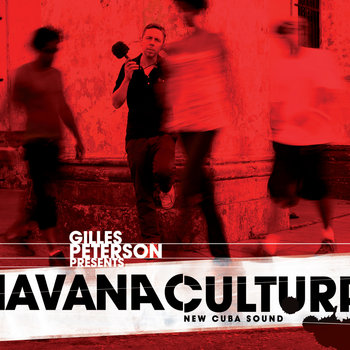

This reggaeton supergroup have begun to achieve international recognition in the past five years by recording collaborations with Latin pop stars like Enrique Iglesias and Marc Anthony. Released in 2009, Gente de Zona’s “Homenaje a Benny Moré,” featured on the anthology album Gilles Peterson Presents Havana Cultura: New Cuba Sound, offers a taste of a more danceable, timba-influenced style of reggaeton the group has become known for. This track also happens to be an homage to one of Cuba’s most celebrated singers, Benny Moré, famous for his interpretations of son, mambo, and various other 1950s-era Cuban genres.
Joker
“Follar”


Even within Cuban reggaeton, there are different styles. Some artists, like Gente de Zona, incorporate the sounds of timba, while others have a style that is less melodic, more simplistic musically, and/or that exhibits the vulgar lyrics associated with the genre. “Follar,” from Havana-based Cubaton artist Joker is an example of this style. The title of the song, which is a verb meaning “to fuck,” says it all.
Silvio Rodríguez
Cuba Classics 1: The Best of Silvio Rodriguez
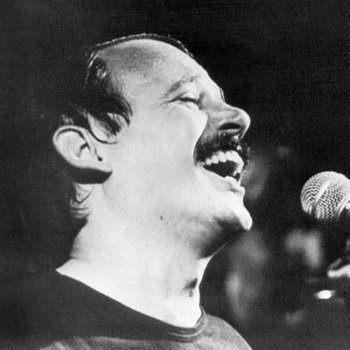


Vinyl LP, Compact Disc (CD)

Nueva trova is a vocals-oriented genre with sparse accompaniment and socially relevant lyrics that resembles other Latin American singer-songwriter styles, like the Chilean nueva canción. Silvio Rodríguez, often spoken about as the Bob Dylan of Cuba, is the country’s most celebrated nueva trova artist. His poetic verses and often political lyrics are featured on Cuba Classics 1: The Best of Silvio Rodríguez.
The Pedrito Martínez Group
The Pedrito Martinez Group



Compact Disc (CD)

Cuban jazz and jazz-adjacent artists—including legends like Chucho Valdés and younger artists like Dafnis Prieto and Pedrito Martinez—have been making major waves in the past decade; many have relocated to the U.S. As heard on this self-titled album by The Pedrito Martínez Group, Cuban jazz musicians tend to incorporate elements of Afro-Cuban genres—such as timba, rumba, and even sacred Yoruba-derived batá drumming—into their compositions.
Porno Para Ricardo
Maleconazo Ahora!
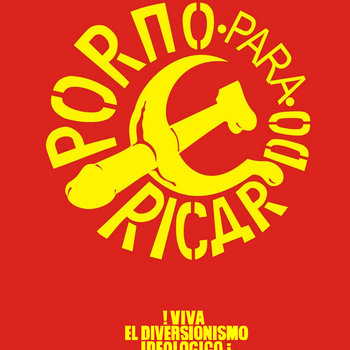

As the lyrics on the album Maleconazo Ahora! by Cuban punk/hard rock band Porno Para Ricardo demonstrate, some rock musicians are outspoken critics of the Cuban government. One of the group’s songs begins, “I am citizen X and I don’t give a fuck about Fidel Castro.” Members of the band have been imprisoned and the group has been prohibited various times from traveling abroad to perform.







